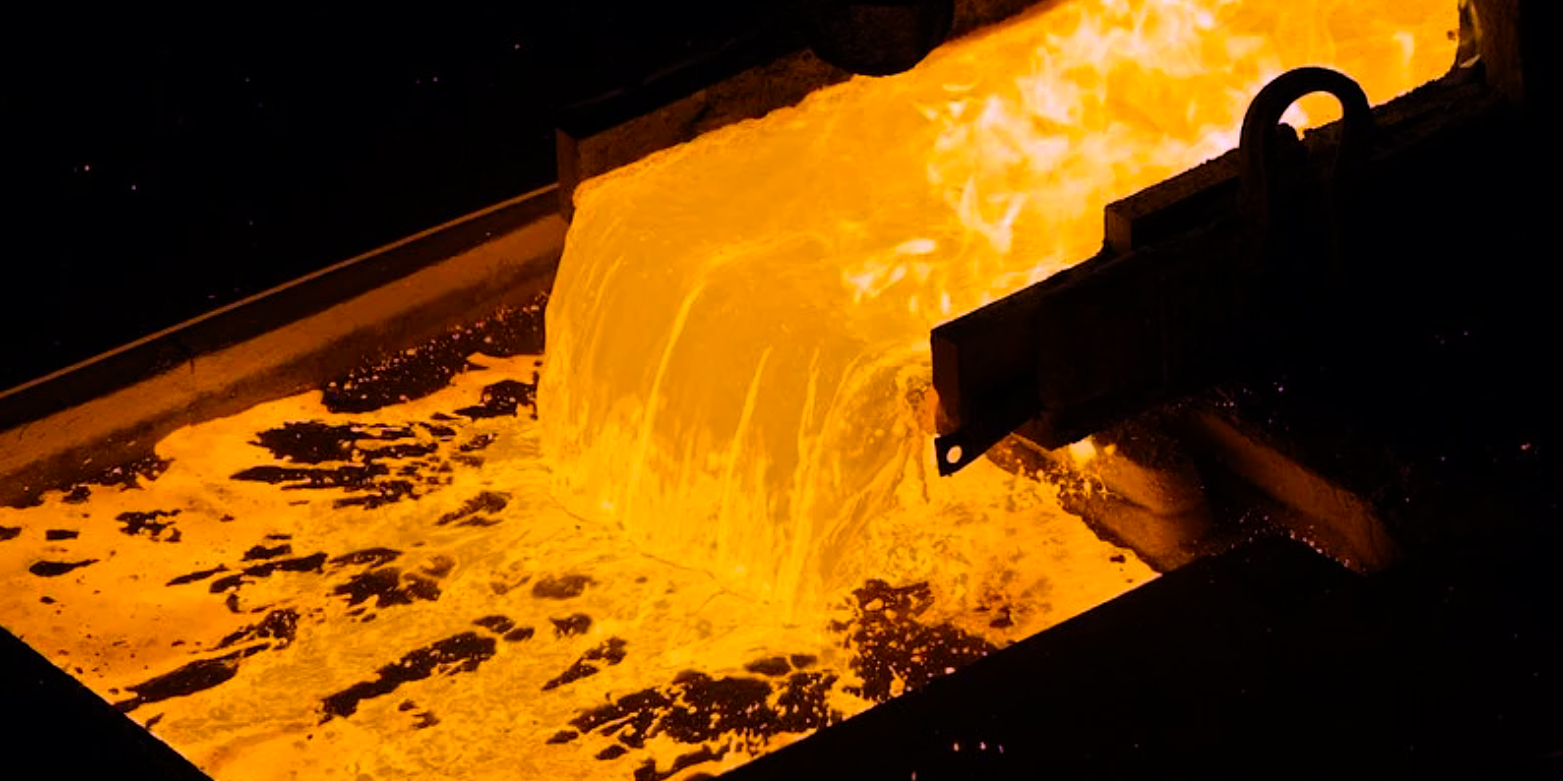COPPER MINING FINALLY EXPANDS BUT SMELTERS CAN’T KEEP UP
Copper miners are finally ramping up production after several years of anemic performance. But that may not be enough to significantly raise inventories from historic lows, keeping supplies tight in a market critical to the energy transition.
The reason is a bottleneck in the capacity of the world’s smelters, whose role in turning ore into metal makes them a crucial cog in the supply chain between miners and manufacturers of products ranging from mobile phones and from air conditioning units to electric vehicles.
“There is not enough smelting capacity,” said Shanghai Metals Market analyst Ye Jianhua. A surplus in mining production would “hardly alleviate the tightness associated with low refined copper inventories next year”, he said.
The prospect of a surge in supply satisfied by insufficient conversion capacity translates into soaring royalties to turn semi-processed ores, or concentrates, into refined metal. Levies, known as processing and refining fees, are deducted from the price of concentrates and are a key driver of profitability for smelters as well as many marketers.
Benchmark annual smelter fees jumped 35% to their highest level in six years when they were agreed late last month by US miner Freeport-McMoRan and Chinese smelters at a rally of industry in Singapore. China accounts for about half of the world’s copper consumption and its smelting industry is the largest in the world.
Many traders, miners and analysts have said they expect a buildup of copper concentrates over the next year. Some expect an increase in global ore stocks of 500,000 t copper grade or more. But the smelter bottleneck means most expect the metal copper market – the form that sets the price on the London Metal Exchange – to see much less surplus, if any at all. .
On the one hand, copper ore supply will grow at the fastest rate in seven years, according to the International Copper Study Group, with production increasing in Africa and Latin America with several new mines, including the Quellaveco mine in Anglo American in Peru and Quebrada de Teck Resources. Blanca 2 project in Chile – ramping up.
On the other hand, global foundry capacity will grow more slowly. China has been a big contributor to increases in recent years, and while its production is expected to increase next year, it is unlikely to keep pace with rising mining supply.
Even the existing capacity has been limited. Chinese smelters have seen increasing disruptions in recent years, including due to power outages and government efforts to reduce intensity and energy consumption, said Xu Yulong, deputy general manager of China Copper International Trading Group. .
When representatives of Chinese smelters met with executives of major mining companies in Singapore last month to negotiate next year’s supply deals, China Copper officials pointed to ongoing disruptions, including a planned shutdown of the treatment due to a planned relocation of a smelter in Yunnan province, according to two people familiar with the talks.
Energetic transition
The consensus that mine supply and smelting capacity will be unsuitable for some time to come may still prove wrong – and it wouldn’t be the first time traders have been caught off guard by what appeared to be a certainty in the copper market.
Miners could face unforeseen difficulties in increasing production. Chinese smelters may be able to process more than expected. A sharp global economic downturn would affect copper demand and leave smelters idle.
And while the near-term outlook is for abundant copper ore supplies, few expect the mismatch to last. Three major new smelters outside of China are planned for the second half of 2024, by Adani Enterprises in India, Freeport McMoRan in Indonesia and Ivanhoe Mines at its Kamoa-Kakula mine in the Democratic Republic of Congo.
Big miners, meanwhile, warn of a significant supply shortfall from the middle of the decade, with not enough new projects to keep pace with demand that is set to explode, thanks to the energy transition away from fossil fuels.
In a speech at a gala dinner in Singapore late last month, Maximo Pacheco, chairman of national copper company Codelco, said he expects a short-term surplus. But he warned: “In the medium term, the reality will be the opposite – demand will far exceed supply.
45 total views , 1 views today





